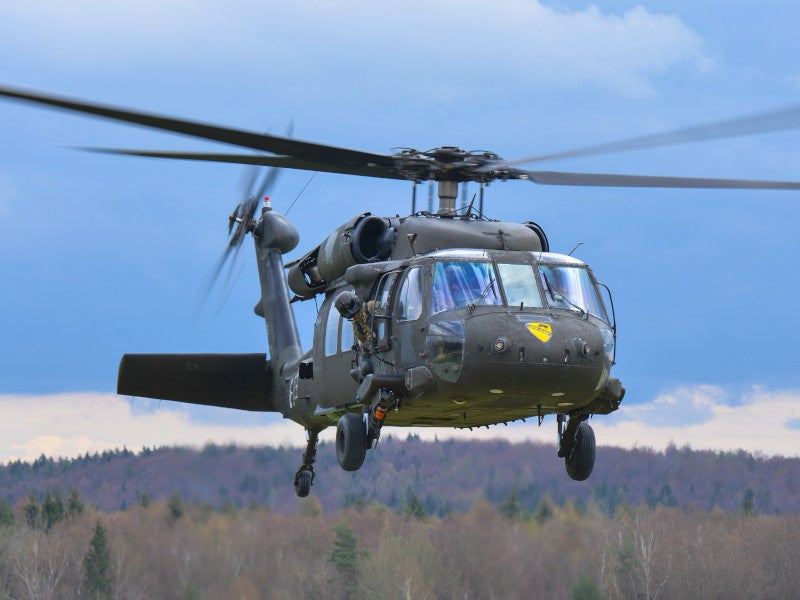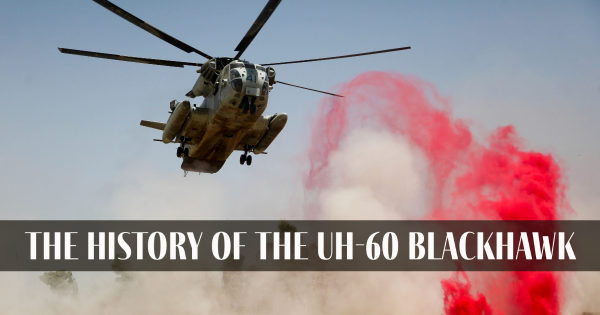Mastering the Skies: UH 60 Helicopter Maintenance Checklist
Mastering the Skies: UH 60 Helicopter Maintenance Checklist
Blog Article
Browsing Uh 60 Helicopter Rules and Conformity Needs

Regulatory Structure Introduction
The regulative structure regulating UH-60 helicopter operations encompasses a facility collection of regulations and criteria established by aviation authorities. These regulations are designed to make certain the effective and safe procedure of UH-60 helicopters in numerous atmospheres. The Federal Aviation Management (FAA) plays a main function in establishing and applying these guidelines, which cover a vast array of functional elements, including airworthiness criteria, pilot certifications, upkeep demands, and operational treatments.
Compliance with these laws is crucial for helicopter operators to preserve the greatest degrees of security and operational stability. Failure to comply with these regulations can cause major effects, including mishaps, injuries, and governing sanctions. Helicopter operators need to remain informed regarding the most recent regulatory advancements and make certain that their operations are in full conformity with all relevant guidelines and requirements.
Airworthiness Assessments and instructions
Amidst the regulatory structure regulating UH-60 helicopter operations, an important focus lies on compliance with Airworthiness Directives and performing detailed assessments to maintain security criteria and operational reliability. Airworthiness Instructions (ADs) are issued by aeronautics authorities to attend to risky conditions in airplane, consisting of the UH-60 helicopter, and required certain actions to be taken by proprietors or operators. Conformity with ADs is obligatory, and failing to follow these instructions can lead to serious effects, including grounding of the airplane.
Regular assessments are extremely important to ensuring the airworthiness of UH-60 helicopters. By adhering to a strict evaluation program, operators can discover and attend to possible concerns without delay, thereby enhancing the safety and reliability of UH-60 helicopter operations.
Pilot Qualifications and Training

Pilot training for UH-60 helicopters is comprehensive and covers a variety of topics, including aircraft systems, emergency procedures, navigation, and mission-specific training. Furthermore, pilots go through simulator training to practice different emergency scenarios in a controlled environment. This training helps pilots develop the necessary skills to handle challenging scenarios properly.


Furthermore, continuous training and specialist development are vital for UH-60 pilots to remain existing with the most recent guidelines, modern technology, and best methods. By purchasing pilot credentials and training, operators can enhance security, enhance efficiency, and make certain conformity with regulatory requirements in the operation of UH-60 helicopters.
Operational Limitations and Demands
Pilot certifications and training serve as the structure for understanding the operational this post constraints and demands linked with UH-60 helicopter operations. In addition, compliance demands, such as sticking to particular trip paths, communication methods, and emergency procedures, are crucial for preserving functional safety and security and regulative conformity. Pilots must stay present with all functional limitations and demands via normal training, briefings, and examines to minimize risks and make sure secure and efficient UH-60 helicopter procedures.
Emergency Situation Treatments and Conformity Testing
Effective emergency treatments and thorough conformity screening are vital components of maintaining functional security and regulatory adherence in UH-60 helicopter procedures. Routine compliance screening makes sure that the helicopter meets all governing demands set forth by aeronautics authorities.
Compliance testing additionally encompasses tools onboard the UH-60, such as interaction systems, navigation tools, and safety equipment. Guaranteeing that all devices is functioning appropriately and satisfies governing requirements is essential for secure operations. In addition, compliance screening may include simulations of emergency situation situations to analyze the team's feedback and the helicopter's performance under stress and anxiety. By prioritizing emergency situation treatments and compliance screening, UH-60 drivers can reduce dangers and show their commitment to security and governing compliance.
Final Thought
To conclude, adherence to governing structure, conformity with airworthiness directives, pilot qualifications and training, operational restrictions, and emergency situation treatments are crucial for browsing the regulations and requirements of operating a UH-60 helicopter. uh 60. It is essential for operators to prioritize security and guarantee full compliance with all appropriate policies to preserve the airworthiness and operational integrity of the aircraft
Navigating the regulatory landscape bordering UH-60 helicopter procedures requires a nuanced understanding of the complex internet of policies and compliance requirements.Compliance with click these regulations is essential for helicopter drivers to keep the greatest levels of safety and operational honesty.Among the regulative framework controling UH-60 helicopter procedures, an essential emphasis lies on compliance with Airworthiness Directives and performing complete assessments to support safety criteria and operational reliability.Reliable emergency procedures and detailed compliance testing are essential elements of maintaining functional security and regulatory adherence in UH-60 helicopter procedures. Regular conformity testing makes certain that the helicopter satisfies all governing demands established forth by air travel authorities.
Report this page